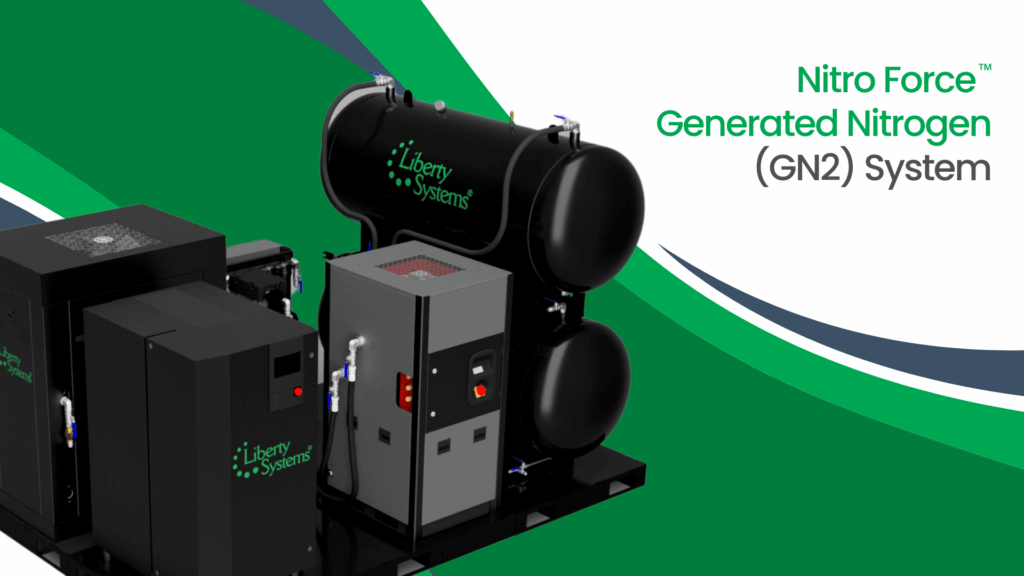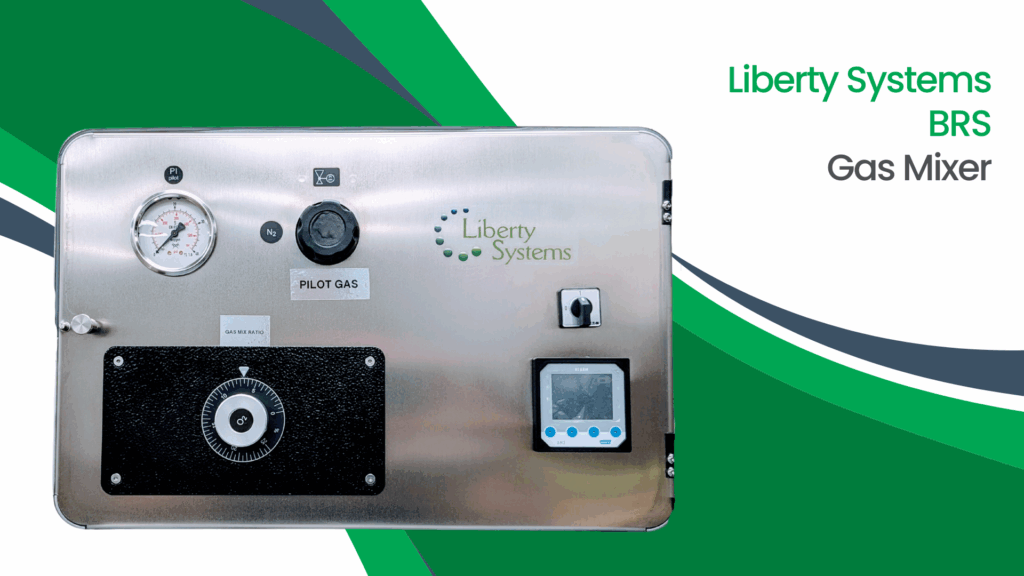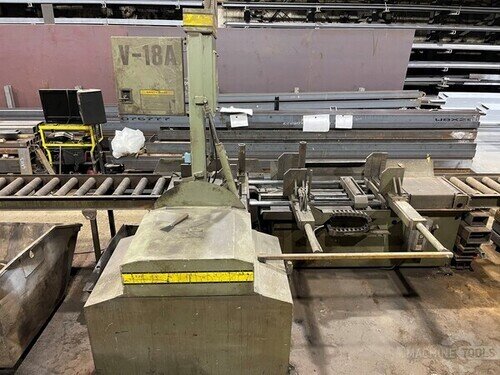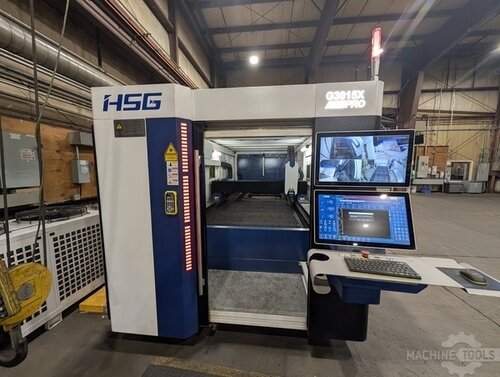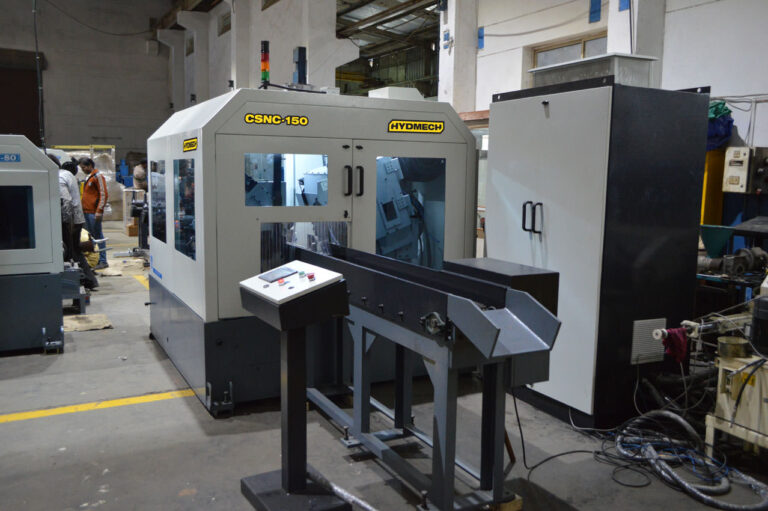In the ever-evolving world of metal fabrication, mastering laser gas systems is crucial for achieving precision, efficiency, and cost-effectiveness. Whether you’re a seasoned professional or new to the industry, understanding the intricacies of these systems can significantly impact your operations. This comprehensive guide will walk you through the essentials of laser gas systems, their benefits, types, and best practices for installation and maintenance. Additionally, we’ll explore future trends in laser gas technology to help you stay ahead of the curve.
Mastering Laser Gas Systems: An Essential Overview
Laser gas systems are integral to modern metal fabrication, providing the necessary precision and efficiency for cutting, welding, and engraving. These systems utilize a mixture of gases to generate a laser beam, which is then directed onto the material to perform various tasks. The choice of gas and its purity can significantly affect the quality and speed of the laser process, making it essential to understand the different types of laser gas systems available.
Investing in a high-quality laser gas system can lead to substantial improvements in your production capabilities. From enhancing cutting speeds to ensuring cleaner cuts with minimal thermal distortion, the right system can transform your operations. However, selecting the appropriate system requires a thorough understanding of your specific needs and the various options available in the market.
Key Benefits of Advanced Laser Gas Systems
Advanced laser gas systems offer numerous benefits that can revolutionize your metal fabrication processes. One of the primary advantages is the increased precision and accuracy they provide. By utilizing high-purity gases and advanced control mechanisms, these systems can achieve finer cuts and welds, reducing the need for secondary processing and minimizing material waste.
Another significant benefit is the enhanced efficiency and productivity that advanced laser gas systems bring. With faster cutting speeds and improved reliability, these systems can handle larger volumes of work in shorter timeframes. This not only boosts your production capacity but also reduces operational costs, leading to a better return on investment.
Understanding the Different Types of Laser Gas Systems
Laser gas systems can be broadly categorized into three main types: CO2 lasers, fiber lasers, and Nd:YAG lasers. CO2 lasers are widely used for cutting and engraving non-metal materials, such as wood, acrylic, and glass. They are known for their high power and efficiency, making them ideal for large-scale industrial applications.
Fiber lasers, on the other hand, are more suited for cutting and welding metals. They offer higher precision and faster processing speeds compared to CO2 lasers. Nd:YAG lasers are versatile and can be used for both metal and non-metal materials, but they are generally more expensive and complex to operate. Understanding the strengths and limitations of each type will help you choose the right system for your specific needs.
HIGH PURITY NITROGEN GENERATORS FOR LASER CUTTING
LIBERTY SYSTEMS BURR REDUCTION SYSTEM GAS MIXER
Choosing the Right Laser Gas System for Your Needs
Selecting the right laser gas system involves evaluating your specific requirements and the materials you work with. For instance, if your primary focus is on cutting metals, a fiber laser system would be more appropriate due to its superior precision and speed. Conversely, if you deal with a variety of materials, an Nd:YAG laser might offer the versatility you need.
It’s also essential to consider the long-term operational costs and maintenance requirements of the system. While some systems may have a higher initial investment, their efficiency and lower maintenance needs can lead to significant savings over time. Consulting with experts and leveraging their experience can provide valuable insights and help you make an informed decision.
Installation and Maintenance Best Practices
Proper installation of your laser gas system is crucial for ensuring optimal performance and longevity. It’s essential to follow the manufacturer’s guidelines and work with experienced technicians to set up the system correctly. This includes ensuring proper ventilation, electrical connections, and alignment of the laser components.
Regular maintenance is equally important to keep your system running smoothly. This involves routine checks of gas purity, laser alignment, and component wear. Implementing a preventive maintenance schedule can help identify potential issues before they become major problems, reducing downtime and extending the lifespan of your equipment.
Future Trends in Laser Gas System Technology
The future of laser gas systems is promising, with continuous advancements aimed at improving efficiency, precision, and versatility. One of the emerging trends is the development of hybrid laser systems that combine the strengths of different laser types. These systems offer enhanced flexibility and can handle a wider range of materials and applications.
Another exciting trend is the integration of artificial intelligence and machine learning into laser gas systems. These technologies can optimize cutting paths, adjust parameters in real-time, and predict maintenance needs, leading to smarter and more efficient operations. Staying informed about these trends will help you leverage the latest innovations and maintain a competitive edge in the industry.
FAQ
What are the main types of laser gas systems?
The main types of laser gas systems are CO2 lasers, fiber lasers, and Nd:YAG lasers. Each type has its specific applications and advantages.
How do I choose the right laser gas system for my needs?
Evaluate your specific requirements, the materials you work with, and consult with experts to make an informed decision. Consider both initial investment and long-term operational costs.
What are the benefits of advanced laser gas systems?
Advanced laser gas systems offer increased precision, faster processing speeds, and improved efficiency, leading to higher productivity and reduced operational costs.
What are the best practices for maintaining a laser gas system?
Regular maintenance includes routine checks of gas purity, laser alignment, and component wear. Implementing a preventive maintenance schedule can help reduce downtime and extend the system’s lifespan.
What future trends should I watch for in laser gas system technology?
Emerging trends include hybrid laser systems and the integration of artificial intelligence and machine learning to optimize operations and enhance flexibility.
Mastering laser gas systems is a journey that requires continuous learning and adaptation. By understanding the different types of systems, their benefits, and best practices for installation and maintenance, you can make informed decisions that enhance your operations. Stay ahead of the curve by keeping an eye on future trends and innovations in the industry. If you need personalized guidance or have any questions, don’t hesitate to reach out for expert advice.
Get Weekly Mac-Tech News & Updates

